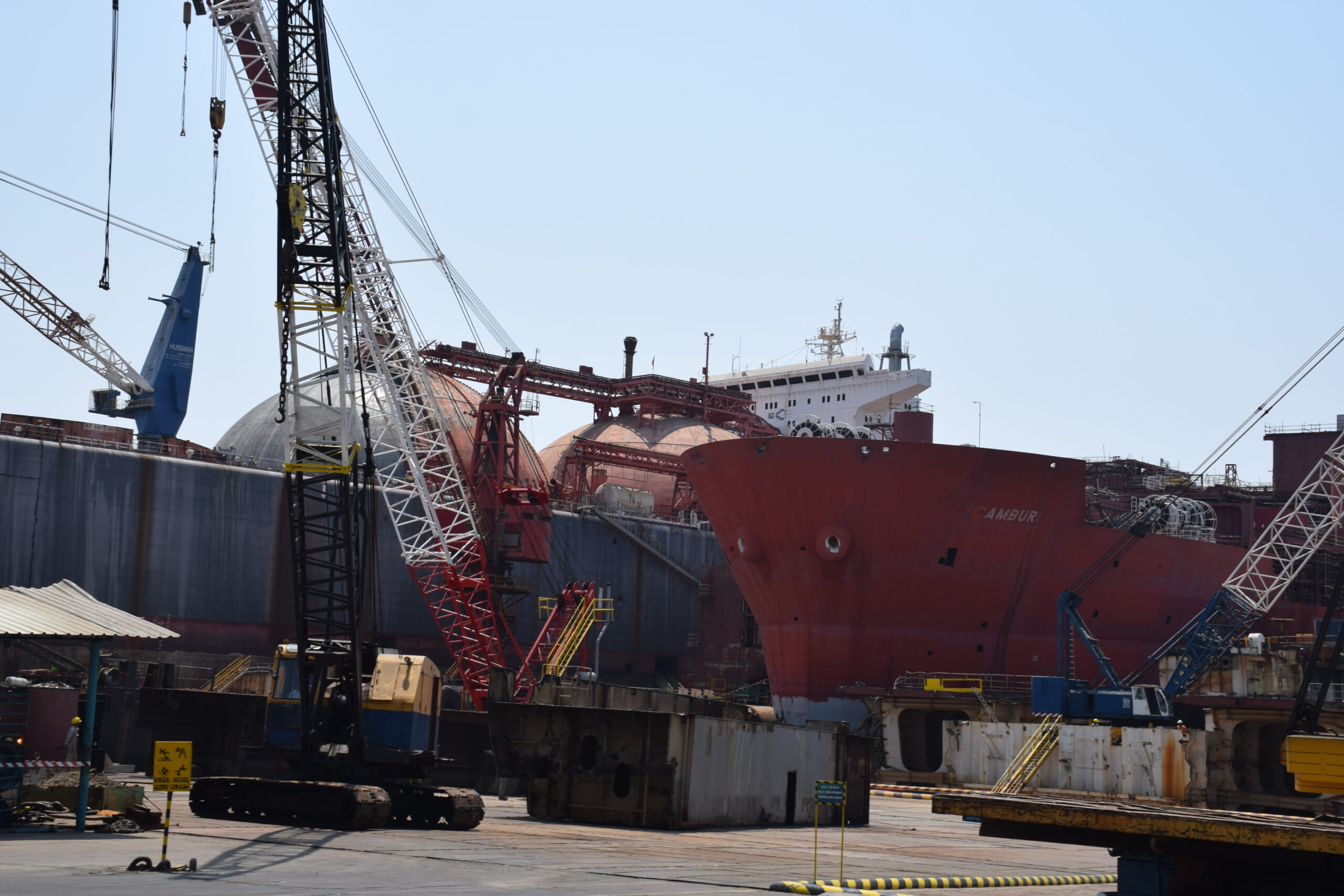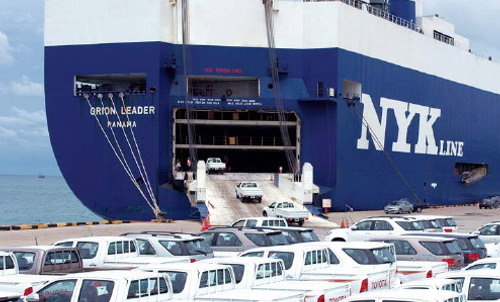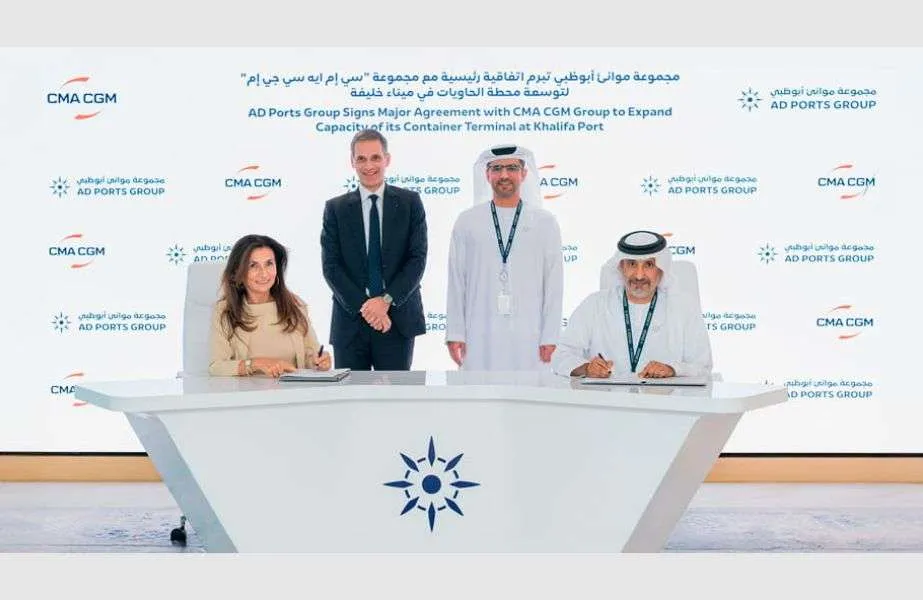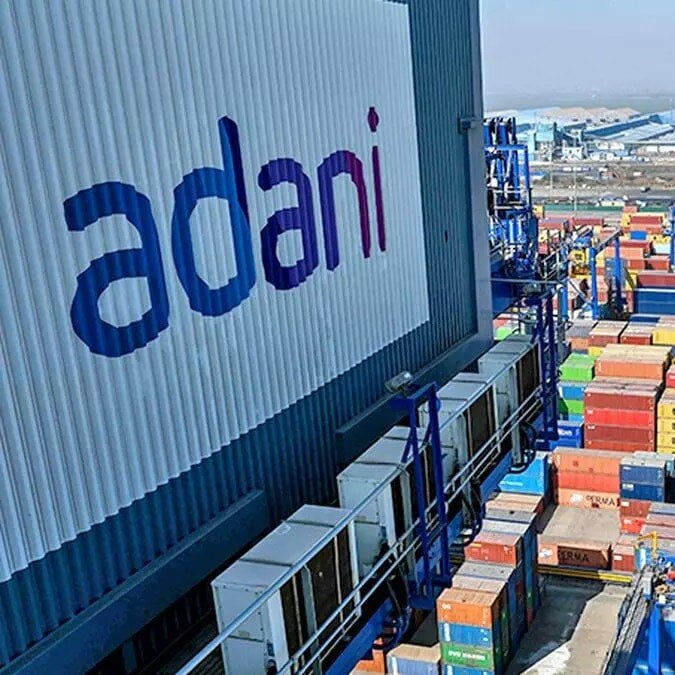U.S. to Impose Fees on China-Linked Ships: Urges Allies to Follow Suit
The United States is preparing to impose docking fees on ships that are part of fleets containing Chinese-built or Chinese-flagged vessels, according to a draft executive order reviewed by Reuters. The move is part of an effort by the Biden administration to revitalize domestic shipbuilding and counter China’s growing dominance in global maritime trade.
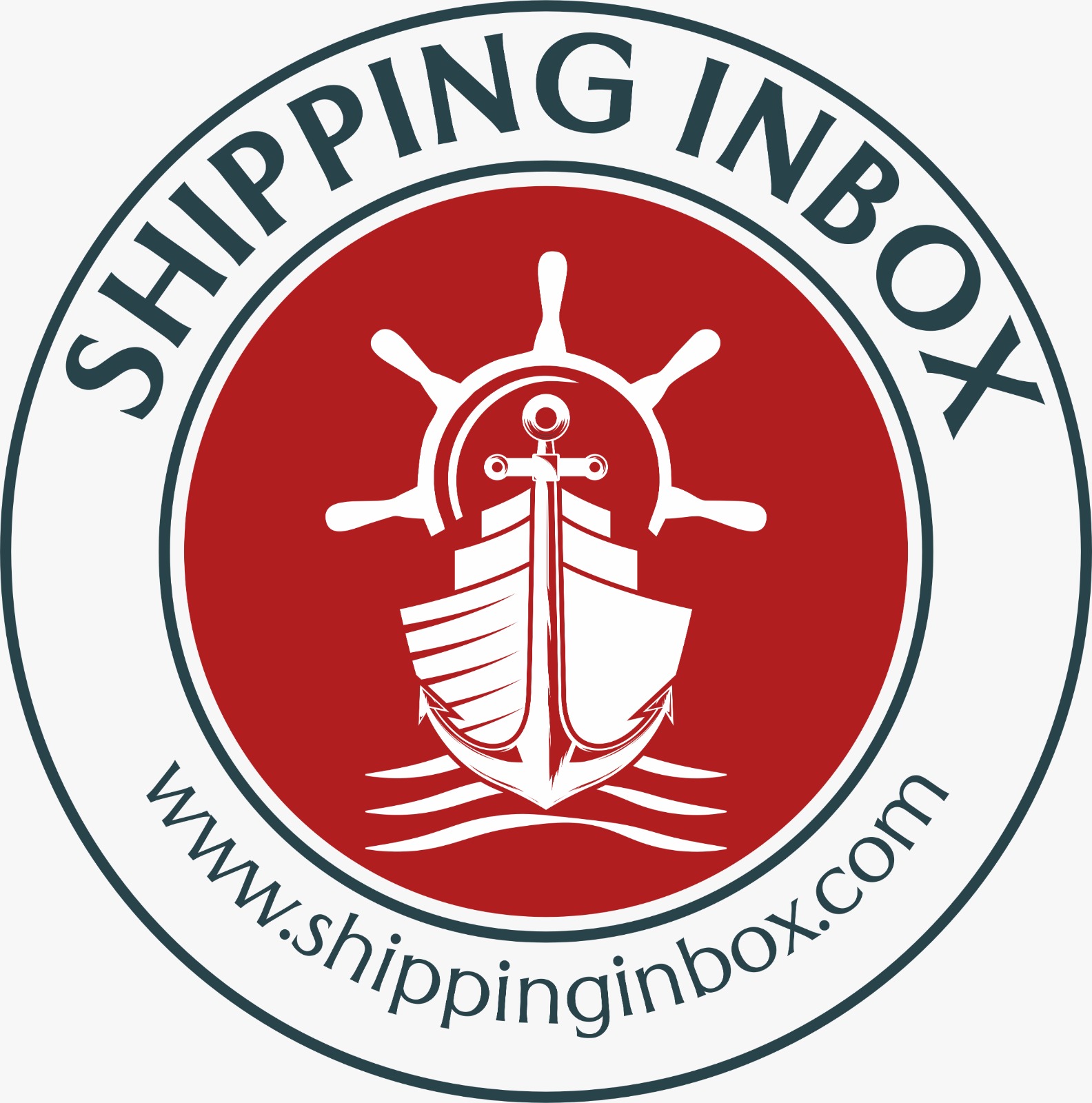
The draft order, dated February 27, outlines a sweeping plan to levy fees on any vessel entering U.S. ports if its fleet includes Chinese-built or flagged ships. It also pressures U.S. allies and partners to implement similar restrictions, warning that failure to comply may result in retaliatory trade measures.
A Response to China’s Growing Maritime Influence
China’s influence in global shipbuilding has expanded significantly over the past two decades. According to the Center for Strategic and International Studies, China now produces more than 50% of the world’s merchant vessel cargo capacity, a stark increase from just 5% in 1999. This rise has come at the expense of traditional shipbuilding powerhouses such as Japan and South Korea. Meanwhile, the U.S. shipbuilding industry, which peaked in the 1970s, now represents only a fraction of global output.
Addressing China’s dominance in the maritime sector has become a rare bipartisan issue in Washington, with both Republican and Democratic lawmakers supporting measures to counter Beijing’s expanding influence. The new port fee initiative aligns with broader U.S. efforts to protect national security interests and secure domestic supply chains.
Details of the Executive Order
The proposed order does not specify an exact percentage threshold for when a fleet’s Chinese-built or flagged ships trigger the fee requirement. This contrasts with a recent U.S. Trade Representative (USTR) proposal, which suggested imposing fees only when Chinese-built vessels account for at least 25% of an operator’s total fleet. Instead, the executive order would apply fees to any fleet with Chinese involvement, regardless of scale.
The USTR had previously recommended fees of up to $1.5 million per docking for Chinese-built vessels, raising concerns among major shipping companies. The draft order could impose similar financial burdens on industry giants such as Switzerland’s MSC, Denmark’s Maersk, Taiwan’s Evergreen Marine, and China’s COSCO.
Industry Response and Potential Consequences
The potential costs associated with the new policy have alarmed global shipping companies, prompting some to reconsider their U.S. port operations. MSC CEO Soren Toft recently indicated that the world’s largest container shipping company might reduce its visits to U.S. ports to avoid these fees.
Meanwhile, French shipping company CMA CGM announced on Thursday plans to expand its U.S.-flagged American President Lines (APL) fleet from 10 to 30 vessels over the next four years. The move could help the company sidestep the new fees while reinforcing its U.S. market presence. CMA CGM, the world’s third-largest container shipping line, is part of a vessel-sharing alliance that includes China’s COSCO and counts major retailers such as Walmart among its key clients.
Industry experts warn that the new fees could lead to higher shipping costs and delays for imported goods, impacting both businesses and consumers. Additionally, there are concerns about potential disruptions to the bulk transport of essential commodities such as food, fuel, and automobiles.
International Implications and Potential Retaliation
The executive order’s most controversial aspect is its demand for allied nations to implement similar measures or face potential U.S. retaliation. The administration argues that China’s “unfair trade practices” in shipbuilding, logistics, and maritime industries pose a threat to both national security and economic stability.
“The national security and economic prosperity of the United States is further endangered by the People’s Republic of China’s unfair trade practices in the maritime, logistics, and shipbuilding sectors,” the draft order states.
This aggressive stance could put pressure on European and Asian allies, particularly Japan and South Korea, whose shipbuilding industries have already suffered from China’s dominance. If major U.S. trading partners refuse to adopt similar port fees, it could strain diplomatic and economic relationships.
Additional Tariffs on Chinese Maritime Equipment
Beyond port fees, the draft order also includes plans to impose tariffs on Chinese-made cargo-handling equipment. This measure aims to limit China’s influence over U.S. port infrastructure and encourage investment in domestically produced alternatives.
While U.S. shipbuilders welcome the move, critics argue that higher tariffs on maritime equipment could drive up costs for American port operators and logistics companies.
Next Steps and Potential Challenges
The draft executive order has yet to be finalized, and key details, including the exact fee structure and enforcement mechanisms, remain under discussion. The administration has not provided a timeline for when the order might be signed into law.
While the U.S. government has yet to make an official comment on the draft order, Chinese officials are expected to strongly oppose the measures. If implemented, Beijing may retaliate with countermeasures, such as imposing restrictions on U.S. cargo or increasing its tariffs on American exports.
As the U.S. pushes forward with its efforts to reclaim leadership in shipbuilding and maritime trade, the global shipping industry faces a period of uncertainty. Whether the new fees will effectively curb China’s dominance or provoke a broader trade dispute remains to be seen.
Author: shipping inbox
shipping and maritime related web portal




